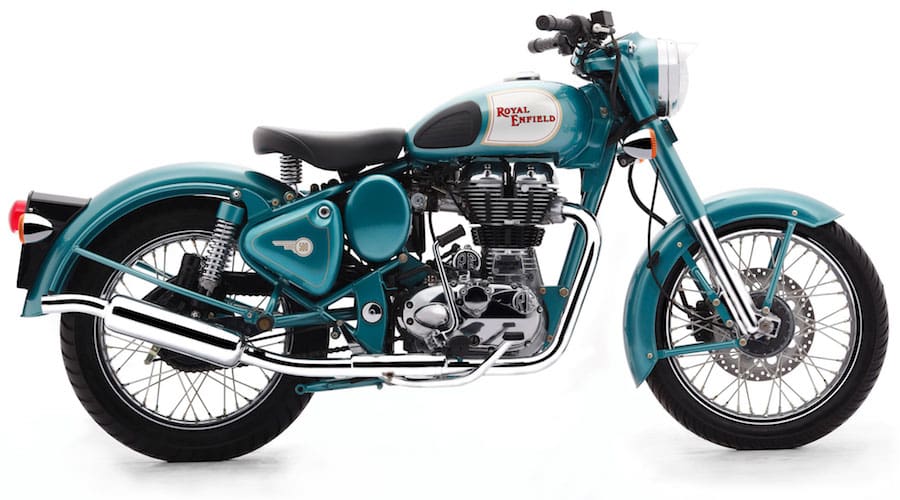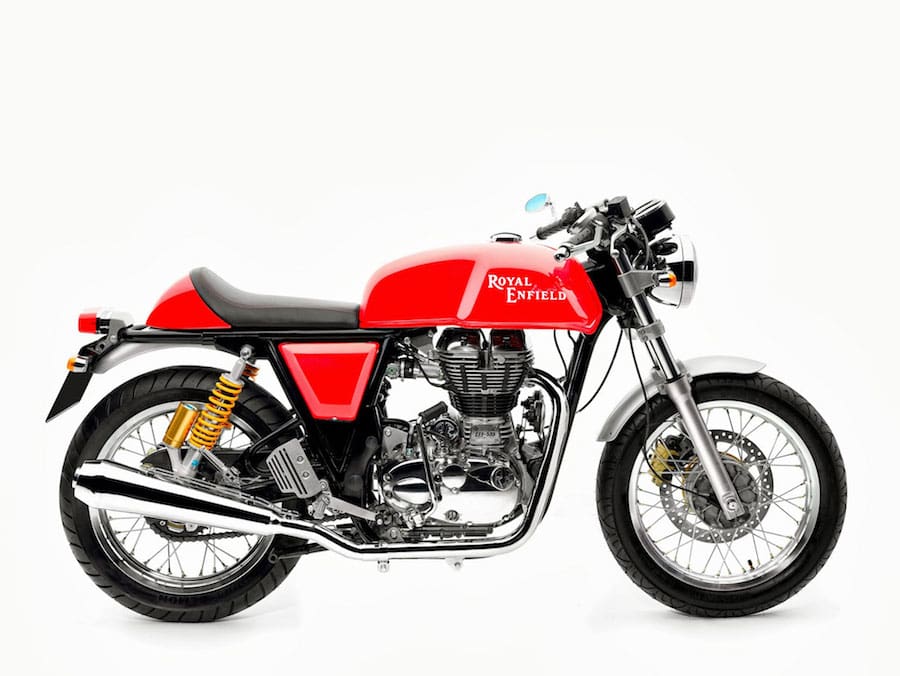Royal Enfield as we know it is about to change. A big vision, a pile of cash and the best people in the business are just a few reasons why the marque is on the move
Royal Enfield as we know it is about to change. A big vision, a pile of cash and the best people in the business are just a few reasons why the marque is on the move
1: Simon Warburton
Enfield has spent decades on the fringes of mainstream motorcycle production churning out retro bikes with a British heritage and keeping costs down by using an Indian workforce. They’ve long been seen as utilitarian bikes, but over the last decade or so Triumph has proved there’s gold in the market for British retros, and Enfield wants some of it. So in early 2015 Royal Enfield poached Simon Warburton, Triumph’s experienced and successful product planning chief, to head its new UK-based product development department.
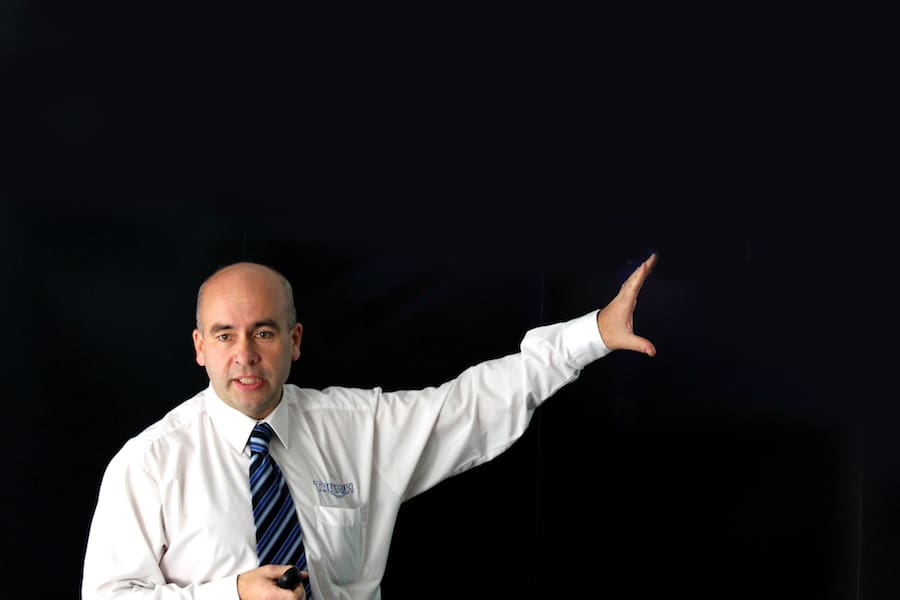
2: Truck-loads of money
Royal Enfield is the subject of a huge financial push from its parent firm Eicher Motors, which is a huge player in the heavy vehicle manufacturing industry in India.
Eicher’s managing director and CEO Siddhartha Lal recently said that the company would be investing $117 million in product development, setting up two technical centres in Leicestershire, UK and Chennai, India. The UK R&D centre will be fully operational in the the first half of next year and the Indian one 12 months later.

3: Bruntingthorpe R&D
Royal Enfield has earmarked the British airbase as its testing facility for two reasons. First, Bruntingthorpe in Leicestershire is a well-known test facility in the automotive world, with a 3.2km-long runway once frequented by Vulcan bombers. Second, it’s a stone’s throw from Hinckley, and well within commuting distance if you were, say, a Triumph employee… Royal Enfield has picked up dozens of former Triumph engineers to tap into their experience and get a leg-up into the mainstream bike market.
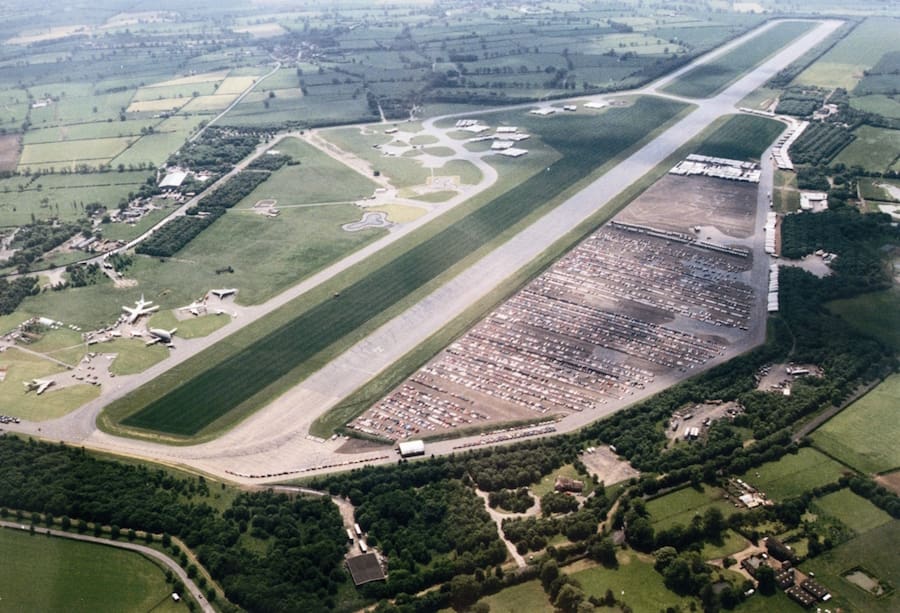
4: Harris Performance
Harris Performance might be better-known for its Harris Yamaha GP frames of the 1990s, but the firm has also long worked in chassis design for other manufacturers. It developed the frame for the Enfield Continental GT and was subsequently bought out in its entirety by Royal Enfield in mid-2015. Now it’s working on all the firm’s next-generation bikes, which gives an indication they should handle better than the bikes you’ve become accustomed to.
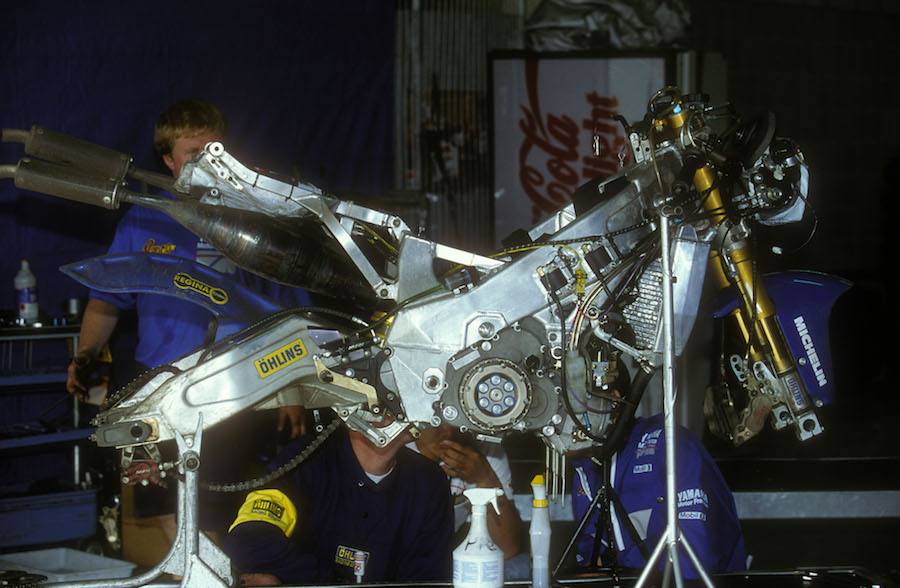
Yamaha YZR500, GP 1992
5: Design
Enfield made headlines in 2014 when it took on Pierre Terblanche – the designer of the Ducati Supermono and 999 among many others – as its head of design. He’s recently left the firm but his touch is sure to be seen on some of Enfield’s future bikes. The design muscle at Enfield also includes Mark Wells and Ian Wride, co-founders of respected bike design firm Xenophya.
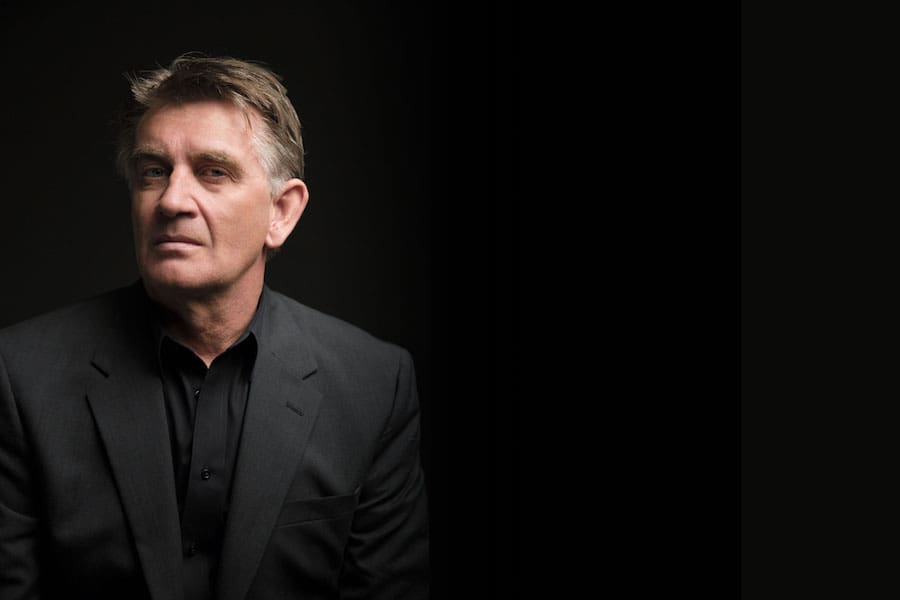
6: Engine prowess (675 engine illo in droppy)
It’s not just frames and styling that are getting input from top UK talent. RE’s next generation of engines will also come from the minds of experienced British engineers. Among them are James Young, another former Triumph man whose credits include the highly regarded Daytona 675 triple-cylinder donk. He’s also worked developing engines for Polaris and, since 2014, has headed Royal Enfield’s engine department.

7: New models
All this adds up to one thing: a new generation of Royal Enfield bikes that promises to throw off the firm’s reputation for churning out nothing but the same 50-year-old design. We’ve already seen some evidence of this in the 400cc Himalayan, but the next new model will be Enfield’s 750cc parallel twin. With Triumph making the Bonneville ever larger and more upmarket, a retro 750cc RE twin that can claim British engineering behind its traditionally British name might be something of a breakthrough. Watch this space.

8: It’s already started!
The first quarter of 2016 saw a near 60 per cent sales growth for Enfield, up from 92,845 units in the first quarter of 2015 to 148,185 in Jan-March 2016. Total production for 2016 is predicted to be 675,000, which is 200,000 more than in 2015. In 2018 the firm’s manufacturing capacity will rise to 900,000 per annum thanks to a new factory in India.
There’s still a three-month waiting list for Enfields in India, although it’s down from its peak of nearly a year thanks to the increased production.
